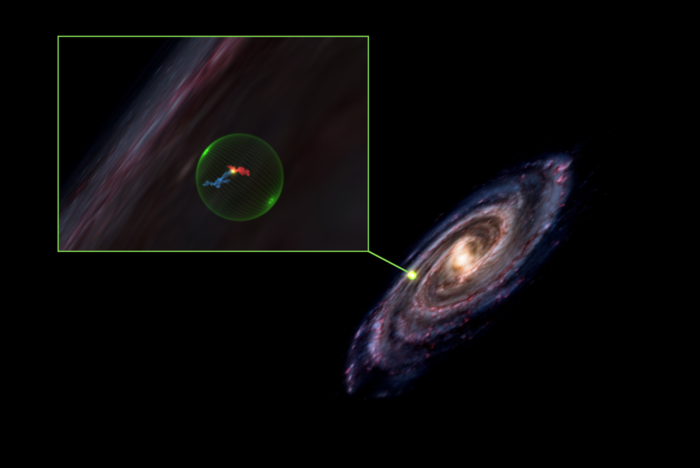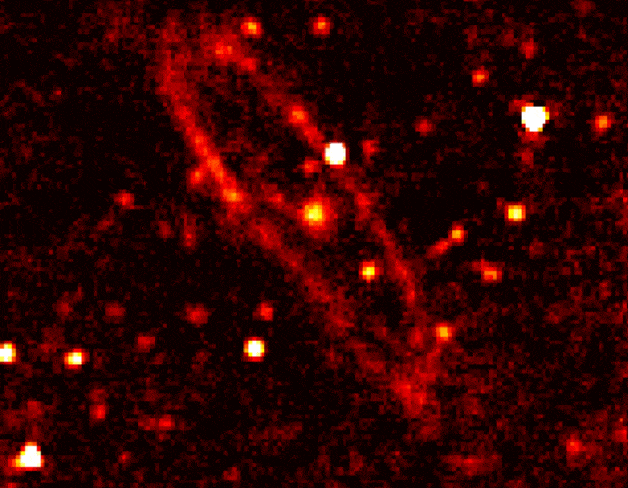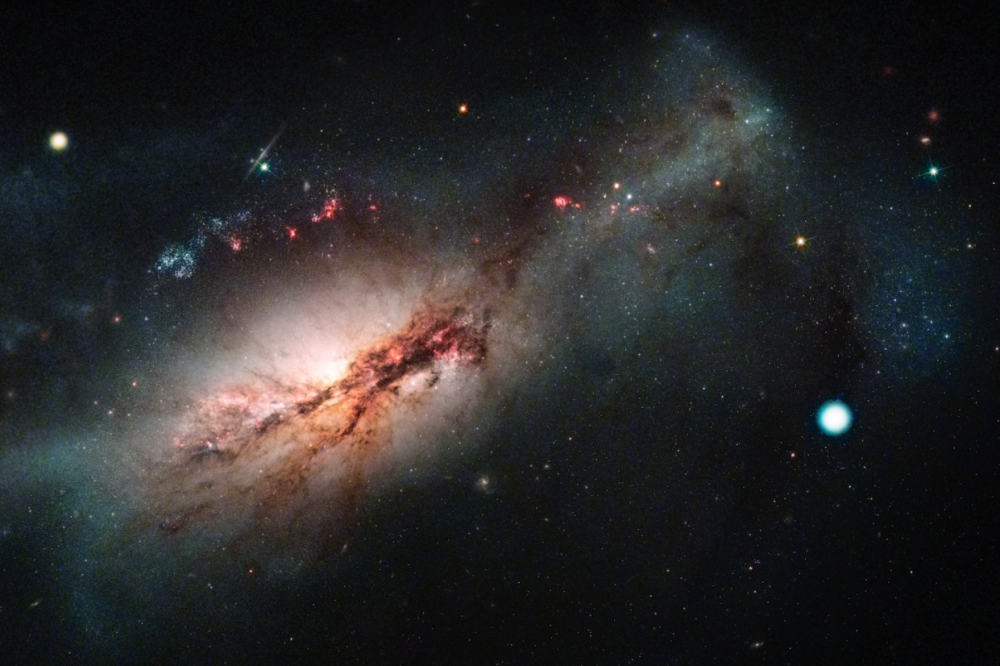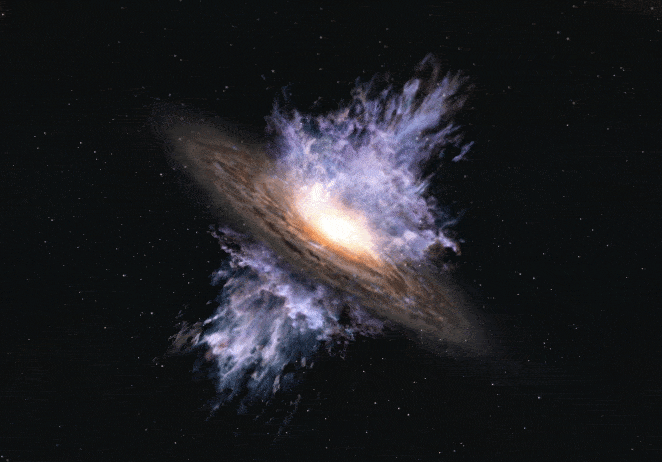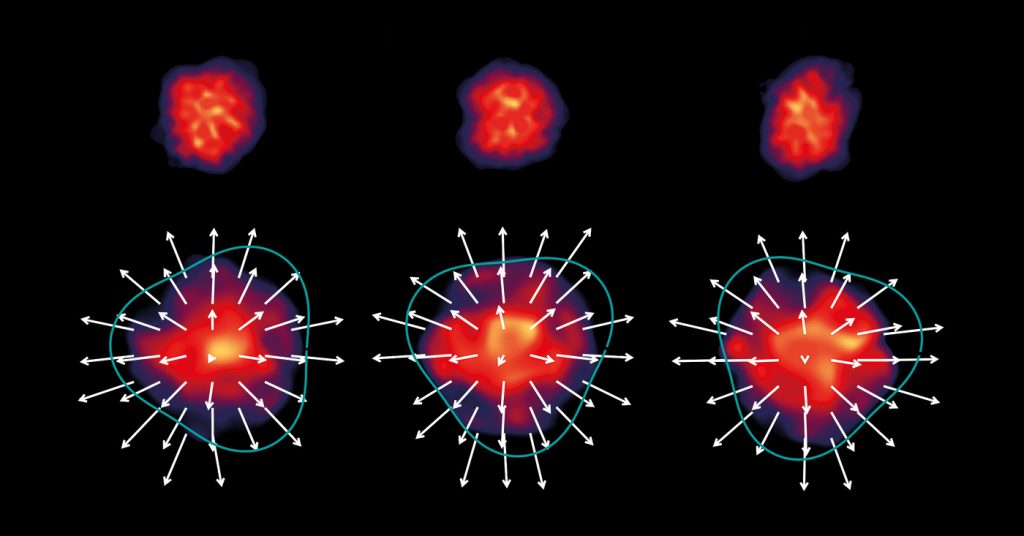A huge hole in space
About 500 to 1000 light-years from Earth, two large masses of cold cosmic matter are concentrated in space. "Cold" because they are matter in molecular form. The Perseus and Taurus molecular clouds each contain so much mass that at least 10,000 suns could form from them. Nevertheless, they are almost invisible in their entire extent, because they do not glow. The situation is different in the infrared. Heat radiation arises here, because an area concentrates more and more and gives birth to new stars. Between these two clouds, however, there is no normal interstellar matter. Rather, astronomers have now…
